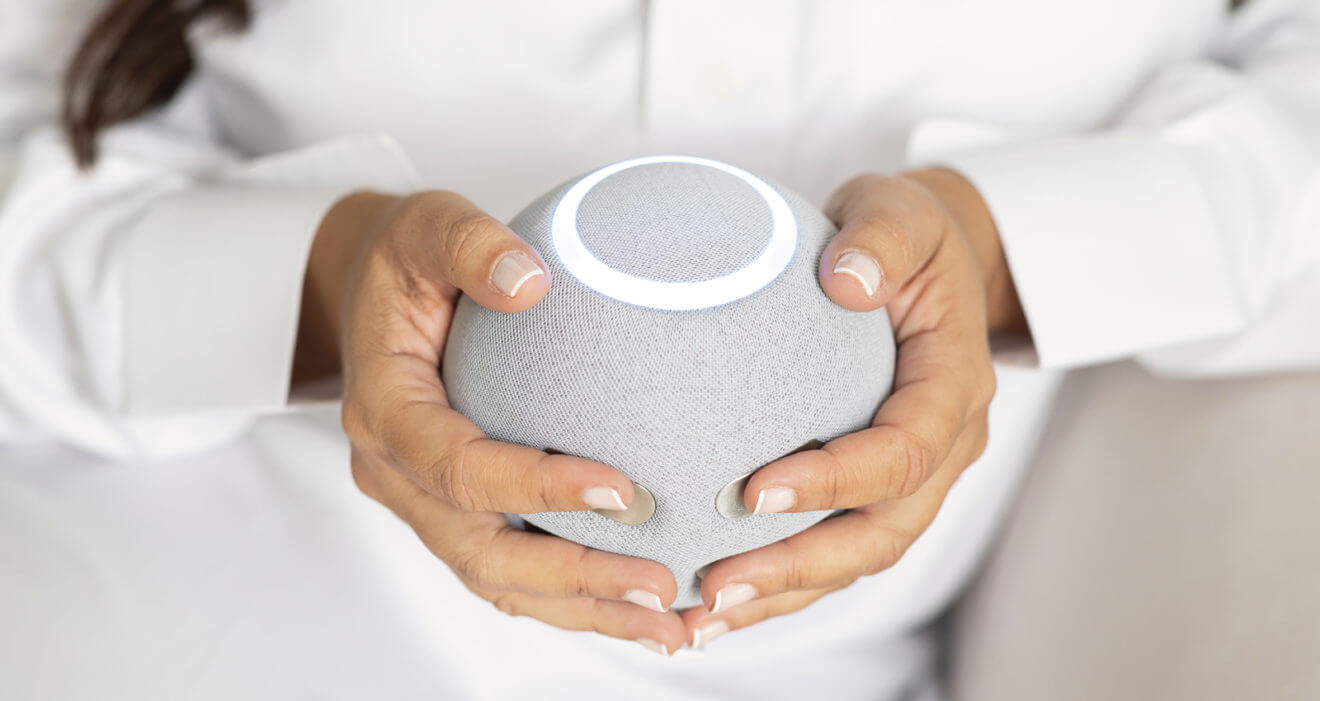Oh, the irony in the tech world. A decade ago, many devices that came out to promote health and wellness, from fitness trackers to smartwatches to smartphone apps, were designed with a certain principle in mind: allowing you to access information at your fingertips, with the touch of a button. Today, the reverse is happening as a theme among health and wellness tech devices at CES 2022 is to help us unplug and remove pesky distractions.
When smartwatches and fitness trackers with screens first became popular, features like the always-on, information at your fingertips experience were touted as being game-changers. You could simply look down to see how many steps you have taken or what your heart rate is just as easily as you could glance over to see the time. This is still very much the case with premium devices geared at avid sports enthusiasts, runners, athletes, and other fitness fanatics or on-the-go mobile workers. But now, the focus is moving in another direction as well to devices that promote not being over-stimulated by touchscreens, functions, and features on another device, even if the screen is just a tiny one on your wrist. After all, all we really did was move from viewing data on a 5-inch-plus smartphone screen to viewing it on a smaller 2-inch one.
So, it makes sense that, in this day and age of screen burnout fueled by unprecedented times, the focus is shifting to devices that, while still considered tech, actually aim to eliminate distractions.
Distraction-free Devices are All the Rage
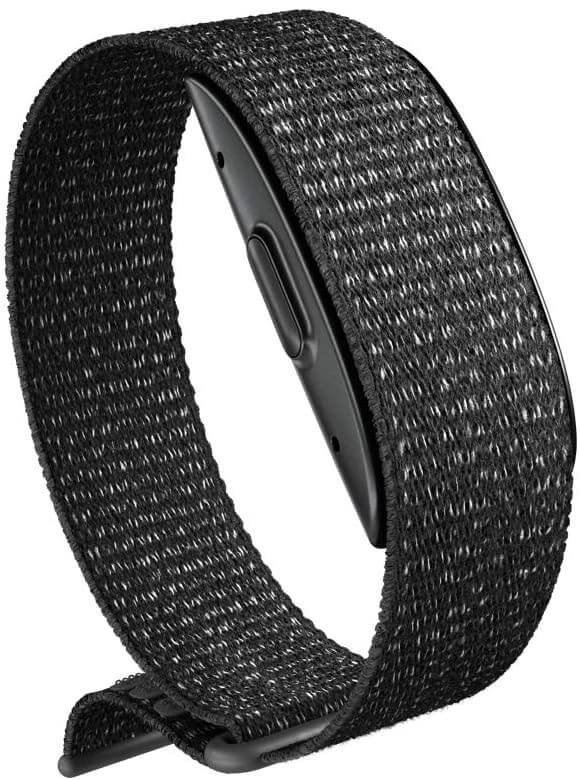
Consider, for example, the Amazon Halo tracker, which looks more like a bracelet, with the face covered entirely with fabric. The idea is that it goes about tracking your steps, heart rate, sleep, and information vital stats throughout the day but you have to tap into the app to review it all.
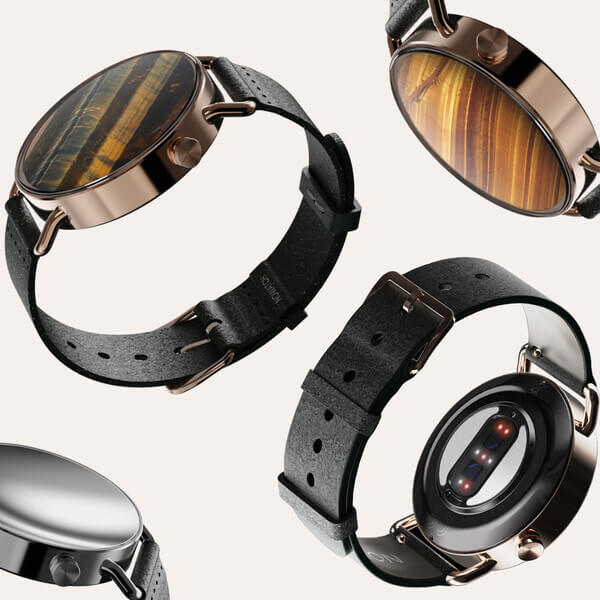
The same goes for the NoWatch, which is described as an “Awareable,” with a circular face that is blank – no touchscreen, no screen at all. But underneath are sensors that track your cortisol levels, detecting when you experience things like stress and reporting that information back to the app.
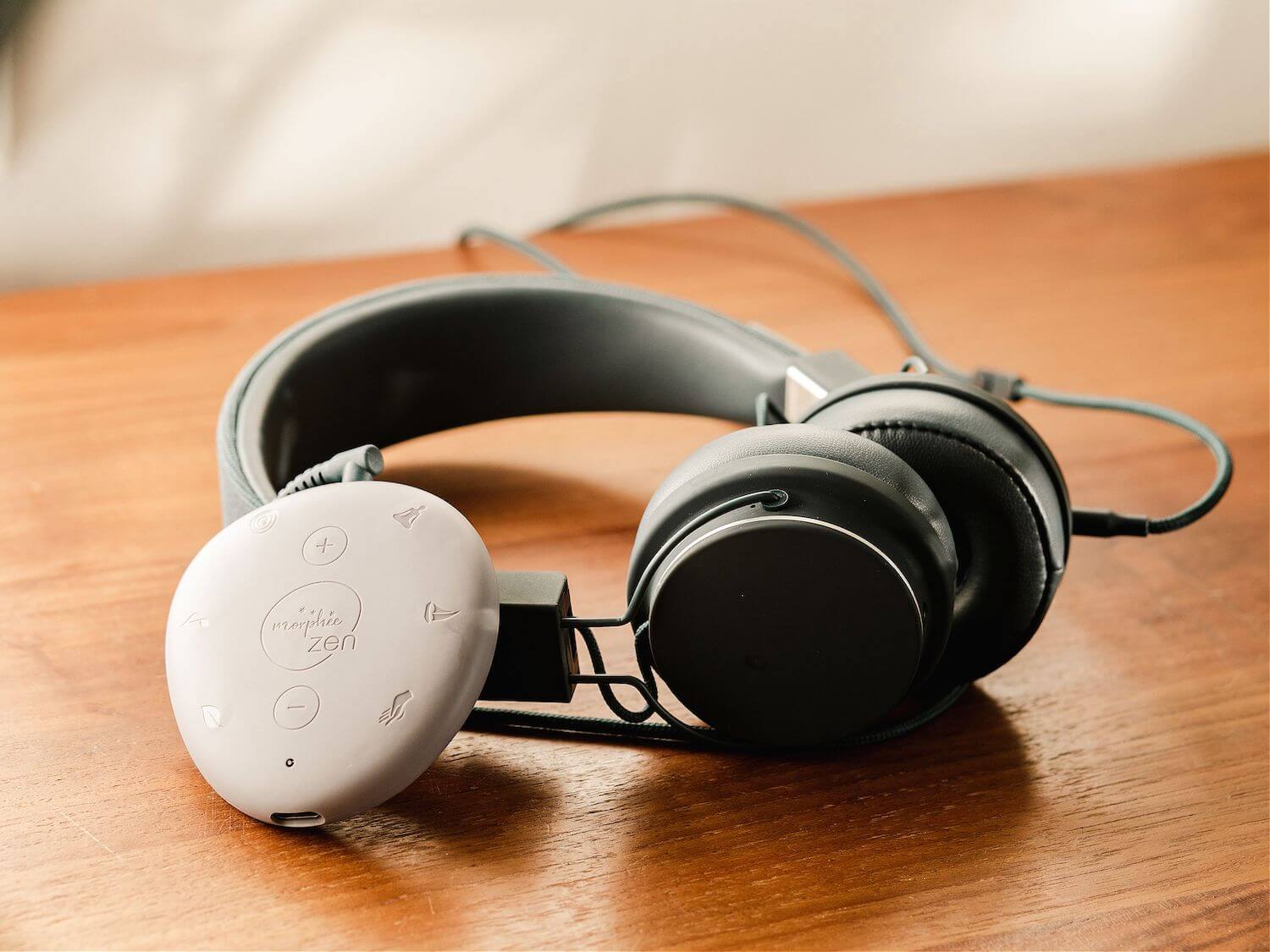
Then, there’s the whole category of mental wellness devices that focus on mindfulness and de-stressing through meditation, white noise, and other calming content without using your phone. Instead of an app, put your phone to the side, plug a pair of headphones into the Morphee Zen, and unplug from tech while immersing yourself in its various audible programs. From sounds to music and voice therapies, there’s a variety of content right in the pebble-shaped device that you can take with you anywhere.
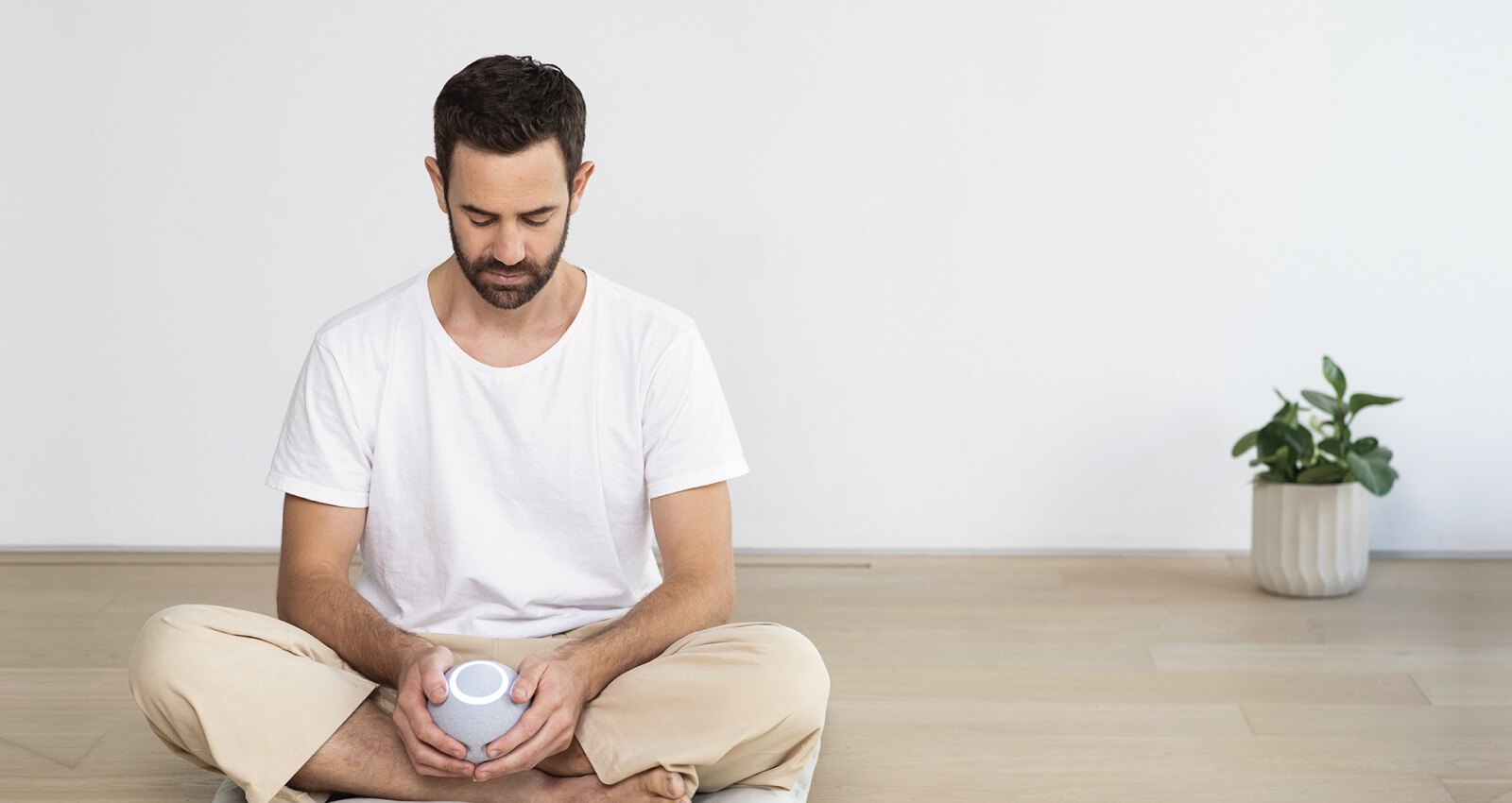
With the Reflect Orb, while you might need to use your phone or a speaker to play the soothing sounds, meditations, or other mindfulness content, it’s a standalone, sphere-shaped device. Place your fingers on sensors then concentrate on breathing and de-stressing. It will light up in a variety of colours as you go through a session presenting biofeedback so you can understand where you’re at in terms of your physiological responses.
Screens Are Still Front and Centre
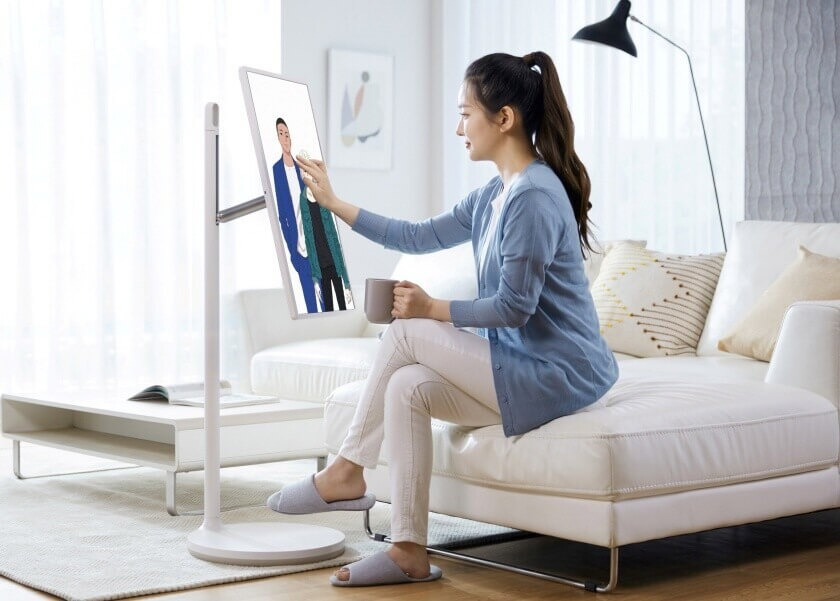
Of course, there are still technologies that aim to keep the screens front and centre at all times. LG’s innovative StanbyME is a perfect example, a 27-inch LCD TV on a stand and wheels you can literally bring with you around the house so you don’t miss a beat. It might be used for following recipes in the kitchen on a screen larger than your 10-inch tablet’s, then as a larger monitor or second screen while working in the home office. Computer monitors are getting larger, curvier, and cooler, too.
But it’s all about balance, so when it comes to health and wellness tech, it seems companies are trying to take us back to simpler times that are less James Bond and more Bob Ross. Instead of using the same phone, or smartwatch, that distracts us so much in the first place to call up a mindfulness app to de-stress and disconnect, it’s about passive engagement. Let the technology do the work, and check in once a day, or even every week. Don’t stress about your weight having gone up a few pounds over the holidays, your low ranking in the daily step count competition with friends, or the fact that your workout only logged 10 minutes of cardio instead of the 20 you were hoping for. Keep track of the data, yes. But in the moment, just, let it be.
Will it Work?
With that said, as someone who has worn a fitness tracker or smartwatch for years, I find that I rarely use the screen itself for anything more than glancing at notifications, looking at the time, or initiating a workout. For everything else, I turn to my phone and the app. It’s in my hands or by my side 24/7 anyway.
So, would devices like the Amazon Halo and NoWatch stop me from doing this? Probably not. If I did a short calming session with the Morphee Zen, would I instantly pop open my laptop or unlock my phone to see what I missed as soon as I was done? Probably.
Nonetheless, this direction is an interesting one for a category that has long promoted – and still does – having data, stats, and ongoing information in your face, all the time. It points to a desperate need to calm and de-stress in the basic ways we used to before, but at a time when we need to do so more than ever.
There is, then, a way to use technology to disconnect. It’s a step up from the squeezable stress ball or Newton’s Cradle, but a step-down from always-on stimulation that purports to try and help us relax. These new devices are showing us how, and we’ll likely see more like them throughout the year and beyond.





